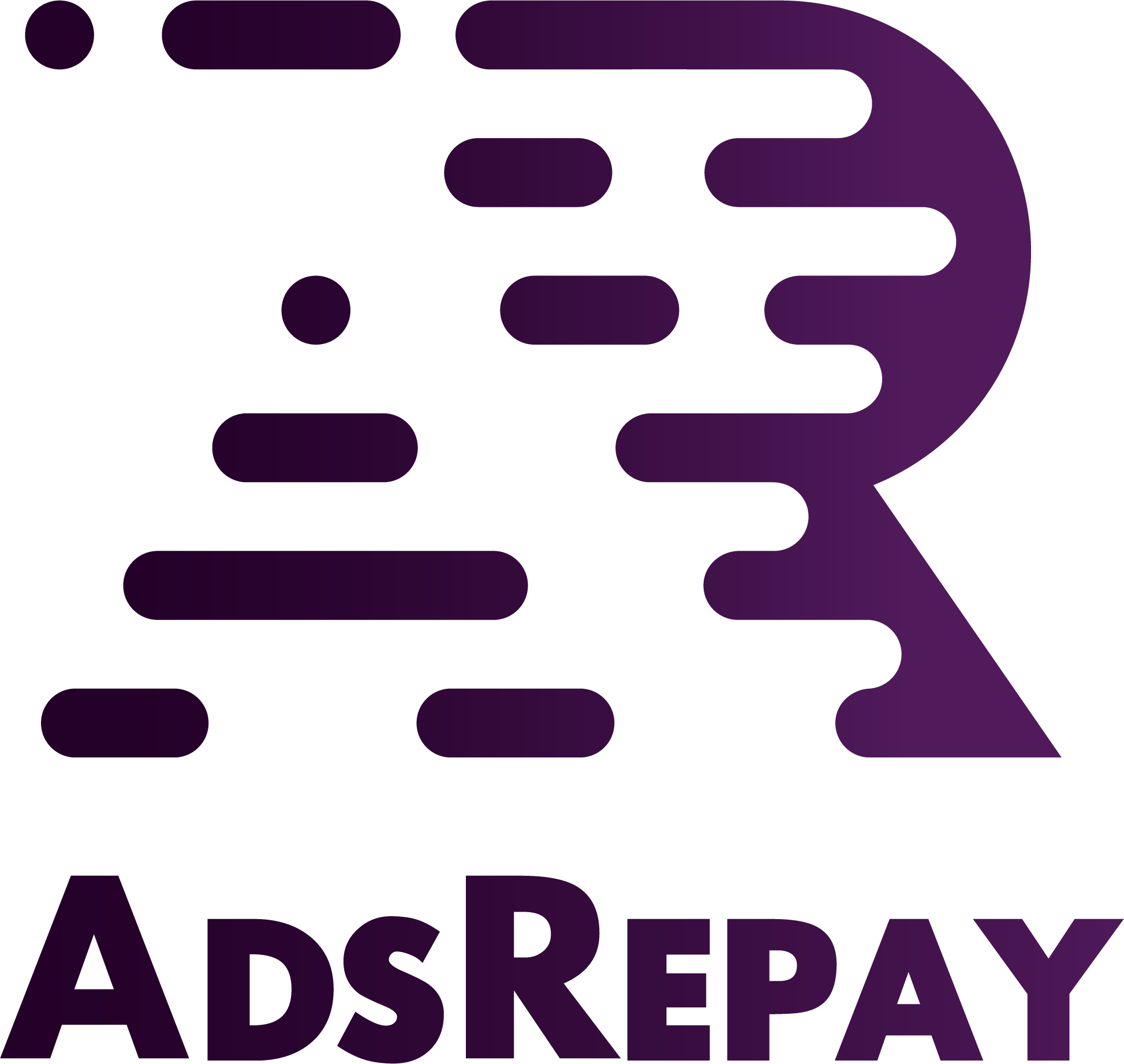
Introduction:
Making money online with Google Shopping is all about using Google’s platform to sell products from your own online store. It’s like setting up shop in the busiest part of town, where loads of people are already looking to buy stuff. And let me tell you, it can be a goldmine for entrepreneurs.
When you get into Google Shopping, the potential earnings can be huge – we’re talking hundreds of thousands of dollars. The beauty of it is how well it connects sellers like you with folks who are actively hunting for what you’re selling. With smart product listings and targeted ads, you can really make the most of Google’s massive audience and get your products out there in front of the right people.
1. Understanding Google Shopping:
Google Shopping is like your go-to spot for online shopping, provided by Google. It’s where you can search for products, compare prices, and buy stuff directly from online stores. Picture it as a special search engine just for shopping, giving you all the details you need like product listings, images, prices, and links to where you can buy them.
Now, if you want to get your products listed on Google Shopping and start selling, here’s what you gotta do:
1. Get Your Online Store Ready: First things first, you gotta have a place to sell your stuff online. That means setting up an online store using platforms like Shopify or WooCommerce. You’ll need to add all your products, set prices, and make sure folks can pay online.
2. Make Your Store Google-Friendly: Once your store is set up, you need to make sure it’s good to go for Google Shopping. That means having accurate product listings with all the right details, like keywords, top-notch images, and clear descriptions. Plus, your store needs to meet Google’s rules and standards.
3. Sign Up for Google Merchant Center: Next up, you gotta create an account on Google Merchant Center. Think of it as your control center for managing your product info and feeds, which are what Google uses to show your products on Google Shopping.
4. Share Your Product Info: Now, it’s time to upload all your product info to Google. This includes things like product names, descriptions, prices, and whether they’re in stock. You can do this manually or use tools provided by your online store platform to make it easier.
5. Advertise with Google Ads: Last but not least, you gotta get the word out there about your products. That’s where Google Ads comes in. You’ll set up ad campaigns to show off your products on Google Shopping, pick keywords, and target the right people who might wanna buy what you’re selling.
For beginners, it’s super important to follow these steps carefully. Each one helps you get your products seen by potential customers on Google Shopping. So, take your time, do it right, and you’ll be on your way to making sales and growing your business in no time!
2. Finding Highly Searched Products:
Finding products that people are actively searching for is like striking gold in the world of e-commerce, especially on platforms like Google Shopping. Here’s why it’s so important:
1. Why Go for Popular Products: Picking products that lots of people want increases your chances of making sales and raking in profits. When a product is in high demand, it means there’s a big crowd out there ready to buy it. So, selling stuff that’s already hot reduces the risk of ending up with stock that just sits there.
2. Amazon: The Data Goldmine: Think of Amazon as your treasure trove of data. It’s the biggest online marketplace globally, with millions of shoppers browsing and buying every single day. By digging into Amazon’s treasure trove of info—like best-sellers, customer reviews, and trends—you can uncover what’s flying off the shelves and what niches are ripe for the picking.
3. Meet Helium 10: Your E-Commerce Sidekick: Helium 10 is like your secret weapon for Amazon sellers. It’s packed with tools to help you sniff out winning products, jazz up your listings, and keep tabs on your inventory. Here’s why it’s so handy:
Product Database: Dive into millions of Amazon products using Helium 10’s Product Database. You can filter by category, sales rank, and estimated sales to find your next big hit.
Trend Spotting: Helium 10 clues you in on product trends, showing you historical sales data and what’s heating up in the market.
Spy on the Competition: Scope out what your rivals are up to with Helium 10. Check out their prices, keywords, and how they’re pimping out their listings.
Keyword Magic: Helium 10’s got tools like Magnet and Cerebro to help you uncover the juiciest keywords for your products, so you can boost your visibility in search results.
Counting the Cash: Wondering if a product will bring in the big bucks? Helium 10’s got your back with its profitability calculator, crunching the numbers on costs, fees, and potential profits.
By tapping into tools like Helium 10 and sifting through Amazon’s data goldmine, you can sniff out the sweetest product opportunities. This way, you’re stacking the odds in your favor when it comes to success on Google Shopping and other e-commerce platforms.
3. Building a Shopify Store:
Setting up a Shopify store is like laying down the groundwork for your online business. Here’s why it’s super important:
1. Why You Need a Selling Platform: Think of your Shopify store as your online shop’s home base. It’s where your customers can come to check out your goods, make purchases, and get to know your brand better. Having a slick and functional website not only makes you look pro but also builds trust with your customers and makes buying stuff easy peasy.
2. Why Shopify Rocks: Shopify is like the superstar of e-commerce platforms. It’s got all the bells and whistles you need to kickstart and grow your online biz. Here’s what makes it stand out:
Easy Peasy to Use: Shopify’s interface is super user-friendly, and you don’t need to be a coding whiz to make your site look slick.
Rock-Solid and Secure: With Shopify, you get top-notch hosting, reliable uptime, and built-in security features to keep your site and your customers’ data safe and sound.
Scales with You: Whether you’re just starting out or you’re hitting the big leagues, Shopify’s got your back. It grows with your business, offering flexible plans and extra features as you need them.
Money, Money, Money: Shopify plays nice with tons of payment gateways, so you can accept payments from customers all over the world.
App-tastic: Shopify’s app store is like a treasure trove of handy tools and integrations to supercharge your store’s performance.
3. Addressing Worries About Website Building: If the thought of building a website makes you break out in a cold sweat, don’t worry. Shopify makes it a breeze. Plus, it’s not gonna break the bank. Even if you’re on a tight budget, Shopify’s got plans that won’t leave your wallet crying.
4. AI to the Rescue: Thanks to fancy AI tech, you can now whip up a killer Shopify store in no time flat. Tools like AI Store Builder do all the heavy lifting for you, from picking the perfect layout to optimizing your product listings for max sales.
By jumping on the Shopify bandwagon and tapping into AI wizardry, you can kickstart your online business without breaking a sweat. So, get ready to dazzle your customers and watch those sales roll in!
4. Loading Winning Products:
Loading up your Shopify store with winning products is key to launching a successful e-commerce gig. Here’s how you can do it like a pro:
1. Pick Your Fulfillment Method: There are a few ways to go about stocking your store:
Dropshipping: It’s like magic. You team up with suppliers who ship products straight to your customers, so you don’t have to deal with storing stuff. Tools like Oberlo and Spocket make it super easy to find products and handle orders.
Manual Fulfillment: If you’re more of a hands-on type, you can manage your own inventory and ship products yourself. This gives you more control but requires a bit more effort and cash upfront.
Print-on-Demand: Perfect for custom goodies like shirts or mugs. With print-on-demand, you create designs, and the products get made and shipped as orders roll in. Printful and Printify are your go-to pals for this.
2. Tools to Help Load Products: Don’t sweat the small stuff. Use automation tools to make loading products a breeze:
AutoDS: This nifty tool does it all for dropshippers. It finds products, lists them on your store, and manages orders like a pro. Plus, it’s got cool features like price optimization and order tracking.
Shopify Apps: The App Store is your playground. Apps like Oberlo and Dropified are lifesavers for dropshippers, helping you import products, track inventory, and handle orders without breaking a sweat.
3. Quality Over Quantity: Remember, it’s not just about having stuff to sell. You’ve gotta pick winners. Think about what people want, what the competition looks like, and how much you can make. And never skimp on quality. Happy customers mean repeat business and glowing reviews.
By mixing up your fulfillment methods and leaning on handy tools like AutoDS, you can load your Shopify store with top-notch products and start raking in those sales. Just keep your eyes on the prize: happy customers and growing profits. Easy peasy!
5. Connecting to Google Ad Account:
Connecting your Shopify store to Google Merchant Center and Google Ads is like opening a door to a world of opportunities. Here’s how you can make the magic happen:
1. Linking Shopify to Google Merchant Center:
Sign Up for Google Merchant Center: Get started by creating an account on Google Merchant Center. They’ll ask for some info about your business and your website.
Verify and Claim Your Website: Prove that you own your website by adding a little meta tag or uploading a file to your Shopify theme. Once Google gives you the nod, claim your website in Merchant Center to tie it to your account.
Set Up Product Feeds: Now, it’s time to get your products in order. Create product feeds in Google Merchant Center to upload all the juicy details from your Shopify store. You can keep it simple with Shopify’s built-in Google Shopping channel or use apps like Google Shopping Feed or Sales & Orders for some extra oomph.
Submit Your Product Feed: Once everything’s set up, send your product feed off to Google Merchant Center for a once-over. Google will check it out to make sure your info meets their standards before putting your products up on Google Shopping.
2. Getting Your Hands on a Google Ads Account:
Hop onto Google Ads: Head over to the Google Ads website and sign up for an account if you don’t already have one. They’ll ask for your billing info and a few preferences to get you started.
Link Up with Google Merchant Center: In Google Ads, connect your account to Google Merchant Center. This link-up lets you tap into your product data and create shopping campaigns that’ll show off your Shopify goodies on Google Shopping and beyond.
3. Making Use of Shopify App Store Goodies for Integration:
Google Shopping Feed: Tools like Google Shopping Feed handle the heavy lifting of creating and managing product feeds for Google Merchant Center. They sync up your Shopify store’s product catalog with Merchant Center, keeping everything fresh and up to date.
Google Ads & Google Shopping by Clever Ecommerce: This app is your go-to for setting up and fine-tuning Google Ads campaigns right from your Shopify store. It’s got all the bells and whistles for creating dynamic ads, tracking sales, and checking how your campaigns are doing.
By following these steps and grabbing some handy apps from the Shopify App Store, you can smoothly connect your Shopify store to Google Merchant Center and Google Ads. Before you know it, your products will be shining bright on Google Shopping, bringing in those sweet sales to your e-commerce haven. Easy peasy!
6. Running Google Shopping Ads:
Running Google Shopping ads can be a game-changer for your business. Here’s a simple guide to help you set up and maximize the effectiveness of your campaigns:
1. Setting Up Your Campaign Objective and Type:
Campaign Objective: Log into your Google Ads account and start a new campaign by clicking the “+ New campaign” button. Choose “Sales” as your objective since you want to boost purchases of your products.
Campaign Type: Opt for “Shopping” as your campaign type. This type is tailor-made for showcasing your product inventory directly on Google’s search results.
2. Budgeting Strategies:
Start Small: Begin with a modest daily budget, like $5 to $10. This allows you to test the waters and tweak your strategy based on initial results.
Keep Tabs on Performance: Watch how your campaign performs closely and adjust your budget accordingly. If you see good results and a solid return on investment (ROI), think about gradually upping your budget to expand your campaign.
3. Ad Optimization:
Fine-tune Your Product Feed: Make sure your product feed is top-notch with accurate info like titles, descriptions, images, and prices. This helps Google match your products with the right searches and boosts your ad’s visibility.
Use Negative Keywords: Exclude irrelevant search terms with negative keywords to stop your ads from showing up for unrelated searches. This sharpens your ad targeting and prevents wasted spending on clicks that won’t convert.
Bid Smartly: Keep an eye on your bidding strategy and adjust bids based on how your ads perform. Consider bidding more for your top-selling products or categories to get more exposure and sales.
Leverage Ad Extensions: Beef up your ads with extensions like promotions and reviews to give potential customers more info and make your ads stand out.
Regular Check-ins and Tweaks: Monitor your campaign’s performance metrics like click-through rate and conversion rate. Use this data to tweak your ads and target your audience better for more clicks and conversions.
With these steps and some savvy budgeting and optimization, you can run Google Shopping ads that drive traffic, boost sales, and take your e-commerce biz to the next level. Keep an eye on your results, and don’t be afraid to adjust your strategy as you go for even better outcomes.
Conclusion:
In wrapping up, making money through Google Shopping is a smart move if you handle it the right way. Let me sum up the key steps to make it work for you:
1. Pick Popular Products: Use tools like Helium 10 and check out Amazon to find products that people are really into.
2. Set Up Your Store: Get on Shopify and let AI tools help you build a store in a snap, so you can start selling your chosen products.
3. Load Up on Winners: Use dropshipping or tools like AutoDS to quickly get top-quality products onto your store hassle-free.
4. Link Up with Google: Connect your Shopify store to Google Merchant Center and Google Ads to get your products on Google Shopping and run targeted ads.
5. Launch Your Ads: Start your ad campaigns with the goal of making sales. Begin with a small budget, and tweak your ads for better results over time.
Don’t forget to dive into extra resources like free courses and YouTube videos to get a better grip on these strategies. And keep in mind, that succeeding with Google Shopping takes persistence. Stay focused, keep an eye on your progress, and be ready to adjust your game plan as you learn. With some dedication and smart moves, you can use Google Shopping to grow your online business and rake in profits.
Video Credit:
- Youtuber Name: Success With Sam
- Channel’s Name: [Success With Sam]
- Video Title: [Fastest Way to Make Money Online With Google FREE AI BOT ($300/Day)]
- Publishing Date: [June 10, 2024]
- Link to Video: Watch Here
- Link to Channel: Success With Sam




